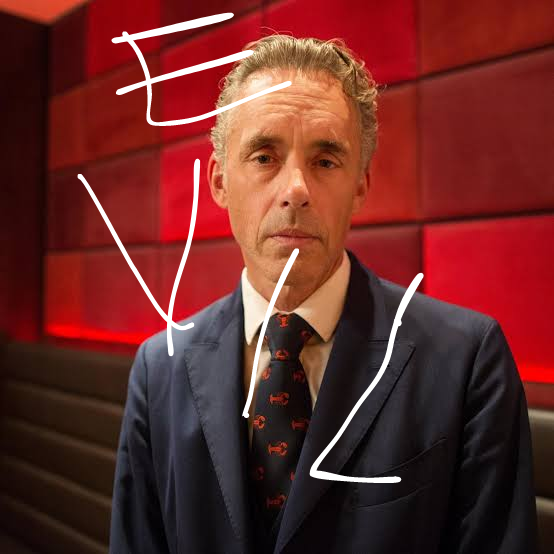The Paradox of Laïcité: Unveiling France Abayah Ban’s Clash with Religious Freedom By Bashir Lucas Samson Lukman
In a world that prides itself on progress and enlightenment, it is disheartening to witness the…
In a world that prides itself on progress and enlightenment, it is disheartening to witness the erosion of fundamental freedoms in the name of secularism. France’s recent ban on the wearing of the Abaya in state schools is a glaring example of this contradiction. Advocates of laïcité argue that it safeguards freedom of religion and belief, but how can this be true when it restricts an individual’s choice to express their faith through their attire? The ban reveals a deeper flaw in the concept of laïcité and its purported defense of individual rights.
Laïcité, often touted as a protector of religious freedom, seems to lose its ground when it comes to the exercise of religion. If one’s faith is not infringed upon, then surely the right to wear religious attire should be upheld. Religion is not confined to prayer or rituals; it encompasses identity, culture, and appearance. By banning the Abaya, which has cultural significance beyond religious boundaries, the French government undermines the very essence of religious freedom it claims to defend.
Moreover, the contention that an Abaya is inherently Islamic oversimplifies its significance. The essence of an Abaya is not tied solely to religion, but to tradition, modesty, and personal choice. If a dress becomes a symbol of faith merely because it’s associated with a religion, then where do we draw the line? What about Christian robes or other religiously-inspired clothing? The inconsistency in applying this logic reveals the inherent bias against certain religious expressions.
When we turn to the Declaration of the Rights of Man and of the Citizen, a cornerstone of modern human rights, it becomes evident that laïcité’s promise of protecting religious freedom is dubious. Article 10 states that “no one may be disturbed on account of his opinions, even religious ones, provided their manifestation does not disturb the public order established by law.” The key phrase here is “public order established by law,” which opens the door to arbitrary interpretations and restrictions, as we’ve seen with the Abaya ban.
To understand the roots of laïcité, we must delve into the history of French secularism and the revolution. Laïcité emerged from a desire to separate church and state, born out of the struggle against the undue influence of the Catholic Church. However, the current implementation of laïcité shows parallels with anti-clericalism, where the aim was not just to separate, but to suppress religious expression altogether. This resonates with the veiled (no pun intended) intention behind the Abaya ban.
Philosophers like Voltaire and Rousseau, revered for their contributions to enlightenment, advocated for religious tolerance and freedom of thought. Voltaire famously said, “I do not agree with what you have to say, but I’ll defend to the death your right to say it.” This sentiment echoes the need to defend an individual’s right to religious expression, even if it means defending the choice to wear an Abaya.
In conclusion, a secular state should not wield its authority to dictate clothing choices, especially when such actions infringe upon personal liberties and religious freedoms. The ban on the Abaya in France’s state schools exposes the glaring paradox of laïcité, which claims to protect religious freedom while simultaneously suppressing it. To truly uphold the principles of freedom and equality, a state must allow its citizens to express their religious identities without fear of retribution or discrimination. Only then can we call a society truly secular, where personal beliefs are respected, and diversity is celebrated.
Bashir Lucas Samson Lukman



